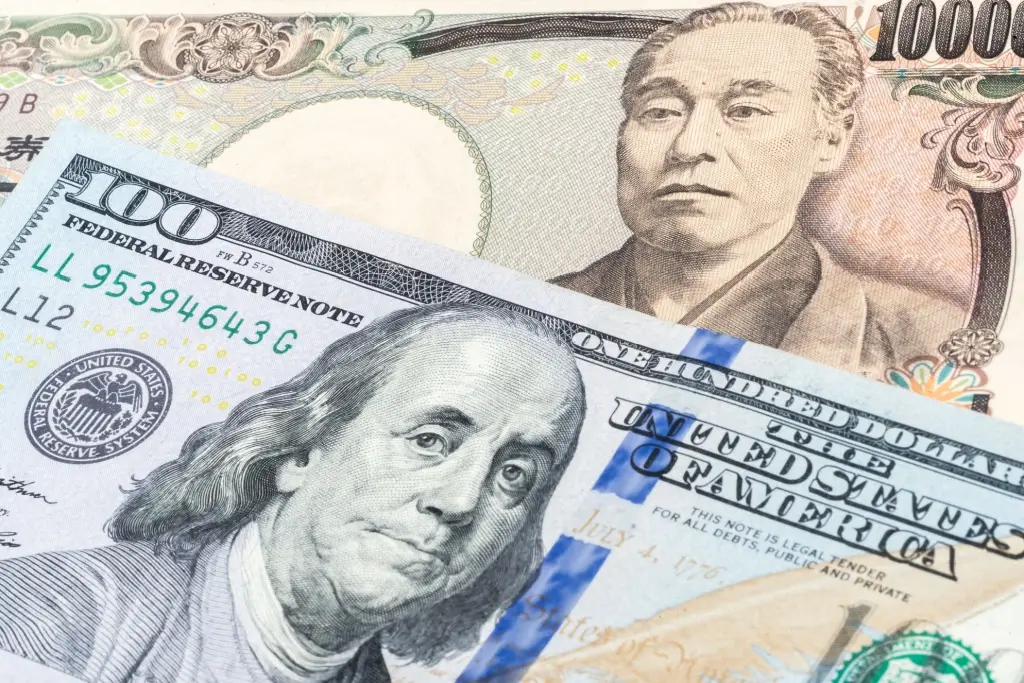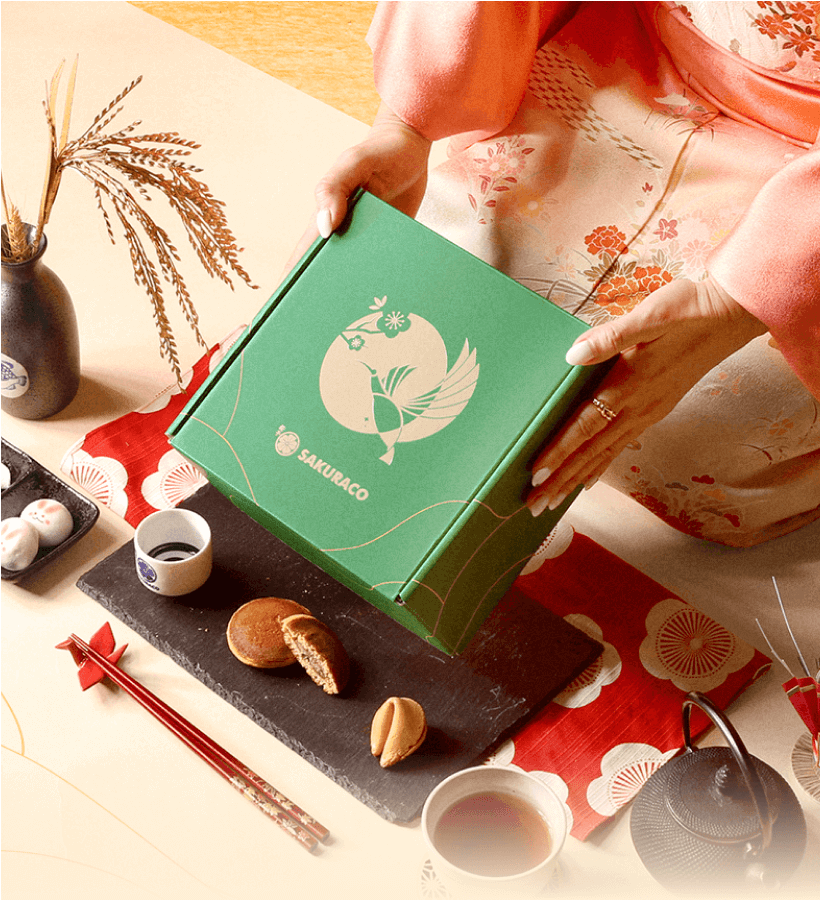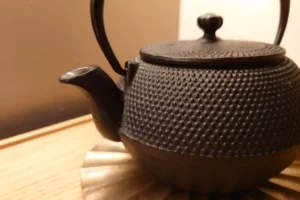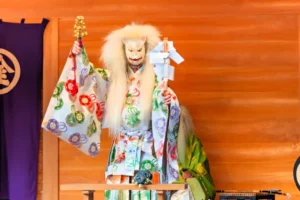The Trump administration introduced a new tariff policy on many countries, aiming to reduce the trade deficit, boost domestic production, and create a fairer global trading system. Japan was one of the nations that could not avoid this change. The shift in U.S. tariffs has also led to important updates about how Sakuraco boxes travel to the United States. Keep reading to find out what has been happening!
Table of Contents
ToggleWhat’s new in the U.S.-Japan Trade Agreement?
The latest U.S.-Japan Trade Agreement officially took effect in August 2025, bringing several significant shifts to trade rules. A baseline 15% tariff is now set for many Japanese goods unless they were already taxed at 15% or higher. This number may look smaller than the earlier 25% threat, but it still means higher costs than the old rules.
One highlight is that automobiles and auto parts, Japan’s most famous exports, now face a flat 15% rate instead of the originally planned 25%. Civil aircraft and parts are freed from extra taxes, and natural resources that America does not have in sufficient supply also avoid new duties. Medicines, like generic pharmaceuticals, are also exempt. These exemptions make the deal less harsh than it could have been.
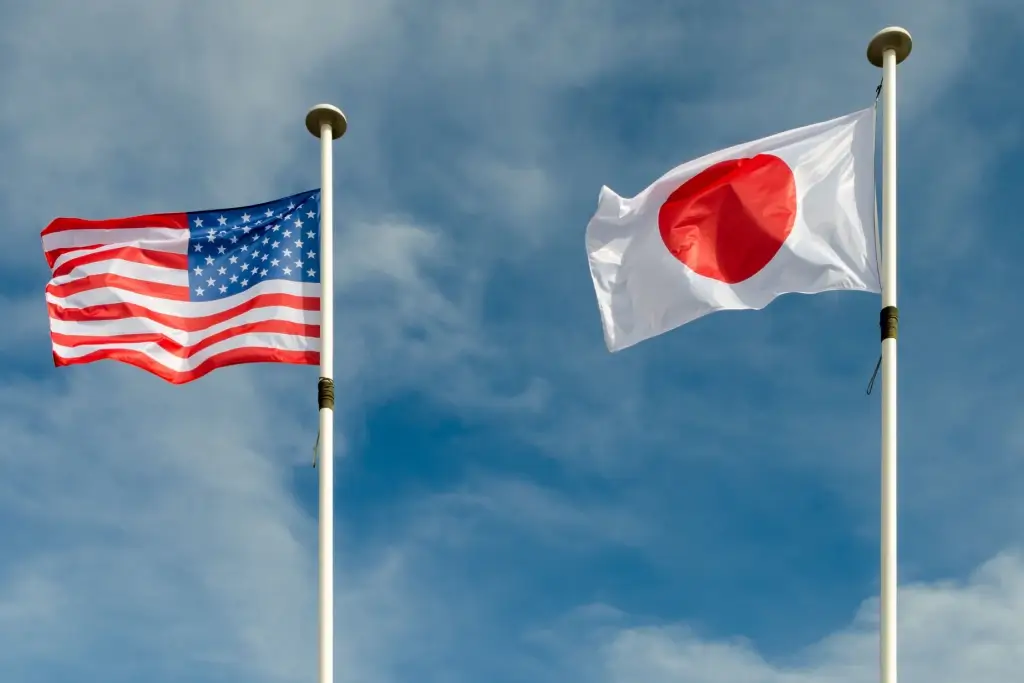
The agreement doesn’t only change tariffs. Japan has promised to increase imports of U.S.rice by 75% and buy more American corn, soybeans, and energy. It will also accept American-made vehicles that meet safety rules without extra testing in Japan. This is a win for American farmers and carmakers.
The U.S.Department of Commerce confirmed that the rules became active on September 16, 2025, following an executive order signed earlier that month. Companies that imported Japanese goods after August 7 can even apply for refunds if they overpaid. This feature makes the agreement strict and flexible for businesses navigating U.S. tariffs.
What impact does this U.S. tariff law have on Japan?
While the deal lowered the threat of a 25% duty, the fixed 15% rate is still much higher than the old 2.5% charge on cars. This means Japanese automakers and suppliers must either cut their prices or absorb losses to keep selling in the US. Export data shows that Japanese car shipments to America fell more than 25% in value, even when the number of cars shipped stayed nearly the same.
Profit margins are shrinking. Many Japanese companies are lowering prices to help American buyers, reducing their earnings. Over time, they may have no choice but to pass the extra cost to American customers, which could hurt sales. Economists warn that if this happens, the charm of Japanese cars may not feel as attractive in the American market anymore.
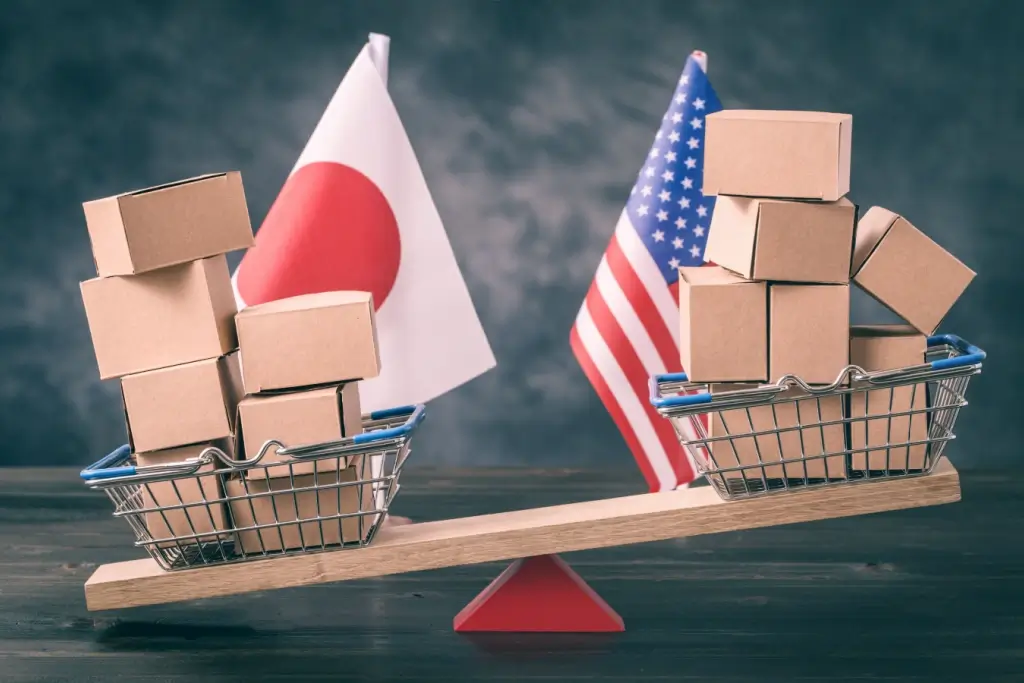
The effects stretch beyond cars. Japan’s economy is highly export-driven, and any cut in U.S. demand hits hard. Exports to the United States dropped over 10% year-on-year in July 2025, making it the steepest fall. The auto sector felt the most pain, but parts and other goods followed the same trend. U.S. tariffs are creating a heavy burden on Japan’s economic engine.
At the same time, Japan is balancing by buying more American products and investing billions in the U.S. economy. This keeps political ties friendly but adds pressure on Japanese industries at home. Smaller suppliers face the most complex struggles, especially those that feed into big carmakers. In the long run, Japan may have to deepen trade with Europe and Asia to reduce overdependence on the U.S. market under U.S. tariffs.
Are you looking for great Japanese snacks? Check out Sakuraco! Sakuraco delivers traditional Japanese snacks, teas, and sweets from local Japanese makers directly to your door so you can enjoy the latest treats from Japan!
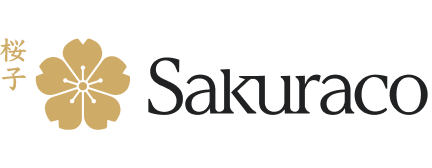
What are the latest updates on Sakuraco’s shipping policies?
On August 8, news arrived that the old de minimis rule would end. This rule once allowed small parcels under $800 to skip taxes. The change was planned for August 29, so we moved quickly to protect your deliveries. By August 22, we chose to collect a small $3 import fee for each box going to the United States. This fee helps your parcel pass through customs smoothly, without any unexpected costs later. We don’t keep this money; it goes directly to the required process. Think of it as a small pass that ensures your box reaches you safely and on time!
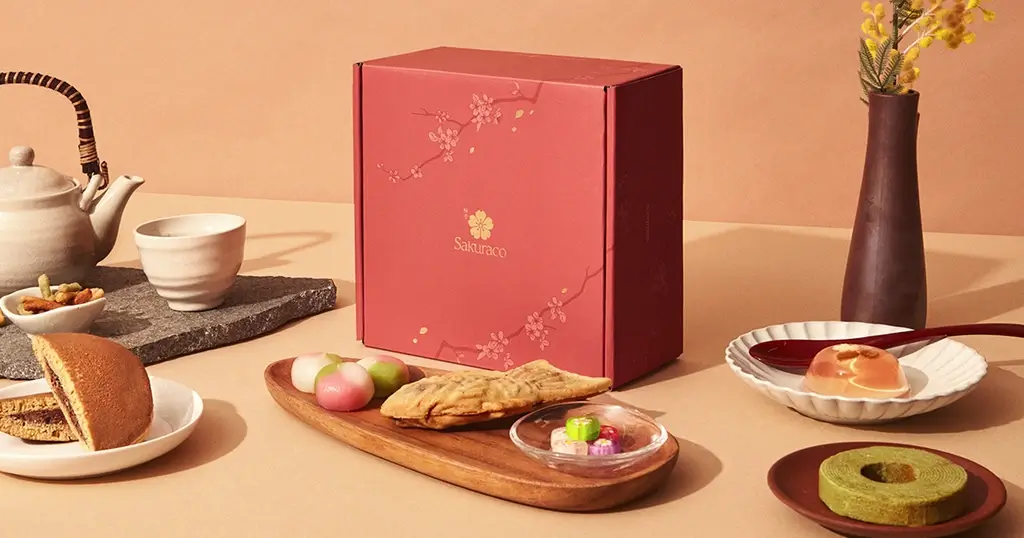
On August 26, Japan Post stopped sending parcels to America, but there was no need to worry! Your boxes were never at risk. We already use trusted private carriers that continue delivering without any break. This choice means your favorite treats keep crossing the ocean as planned. Our goal has always been to keep your experience smooth and joyful.
All these steps show our promise to stay ready and to take care of you. Rules like U.S. tariffs can change suddenly, but we prepare in advance and share updates quickly. With every choice, we work to protect your plan, reduce delays, and make sure every Sakuraco box reaches you with ease and delight!
How do these changes shape the future of trade and shipping?
Trade rules remind us that the world of commerce is never still. Policies like U.S. tariffs are meant to protect local industries, but they ripple outward and touch everyday lives in ways we often overlook. Japan feels this deeply through car exports, but so do families waiting for a simple box of treats.
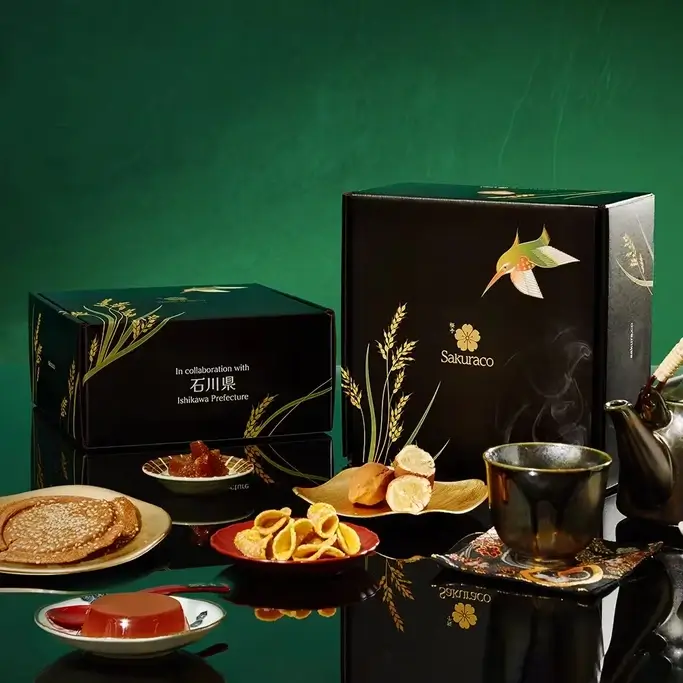
At Sakuraco, we see these changes not as walls but as bridges, chances to adapt and grow stronger. We keep culture moving across oceans by planning early, adjusting our shipping flow, and ensuring fee transparency. In a world where trade winds shift so quickly, how do you think businesses should adapt to keep joy flowing? Don’t forget to share your thoughts in the comments below!

